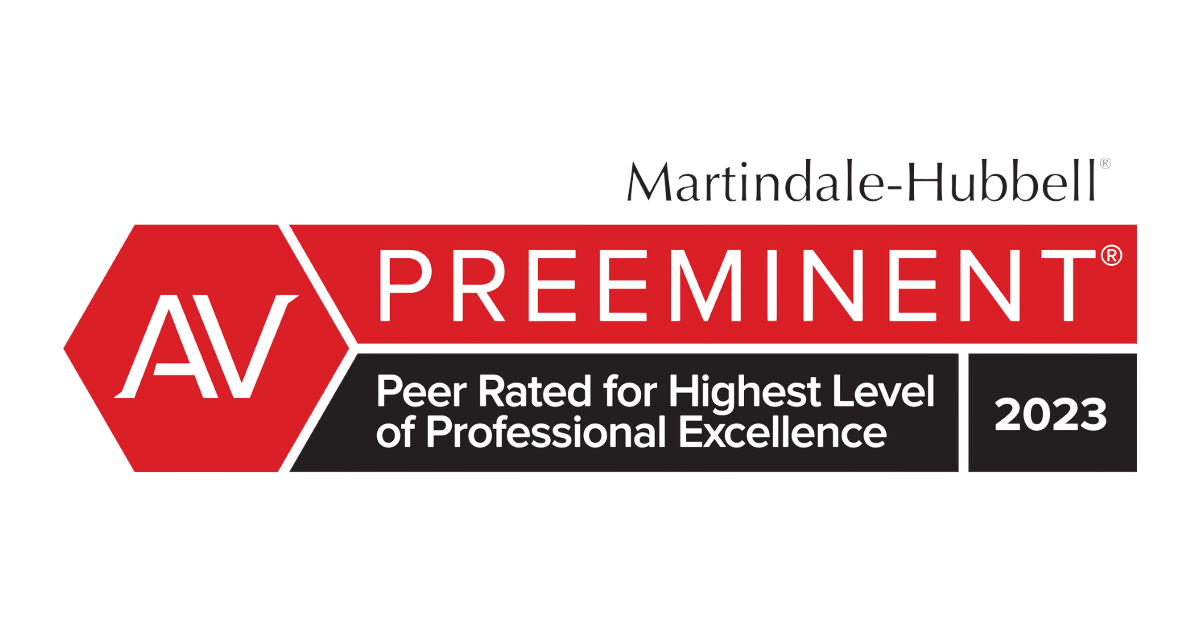Talc is in many of our modern-day products, often without us realizing it. However, today we know what the mines and manufacturers knew for 100 years, that the substance can pose serious health risks to consumers. Here are a few ways that talc may have entered your daily life.
Cosmetic uses
Talc is most commonly in talcum powder. The softest mineral on earth, talc is finely milled and used to absorb moisture and protect the skin. It is known to smooth the application of makeup. It is also in baby powder, lotions, feminine hygiene products, body products, shower products, deodorants, face masks, eyeshadows, blush, mascara, foundations and lipsticks.
Industrial products
Talc is not only in cosmetics but is also in industrial products. It can appear in ceramics, clay, plastics, rubber, paper, roofing, flooring, electrical cables, chalk, crayons, ink, adhesives and other products.
Food processing
Talc is also in some foods and ingestible products. These include the use as a separating agent in bakery goods, rice, dried foods, seasonings, cheese, sausage skins and table salt. It may also be in food coloring, chewing gum and tablet manufacturing.
The dangers of talc
Though the use of talc is not banned in the United States, it can still pose risks for consumers. Veins of talc and veins of asbestos are intermingled in the earth. As a result, most talc products also contain asbestos.
Asbestos and talc contaminated by asbestos create health risks to those exposed to it for significant periods of time. It can lead to conditions like asbestosis, mesothelioma, and other cancers. Cancers because of asbestos in talc are most often in the lungs and ovaries.














